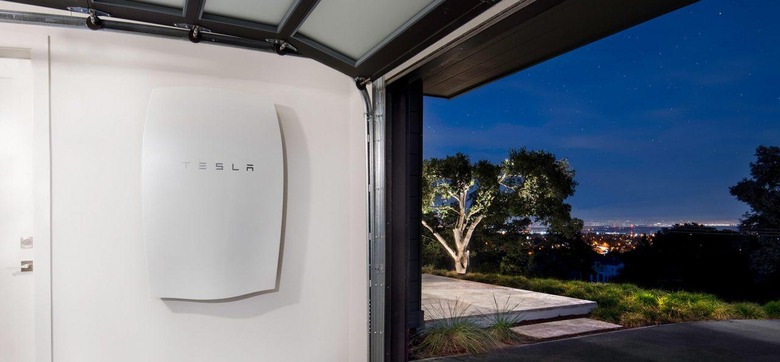Tesla And SolarCity Have A Month To Convince Investors On Merge
Tesla and SolarCity shareholders will get to have their say on the controversial merger plans in November, with a deadline for the investor vote now set. Holders of stock in either the electric car and battery firm, or the solar panel specialist, will have until November 16 to have their say as to whether Elon Musk's two ventures join forces.
That leaves the firms a little over a month to convince shareholders just what could be achieved if the combination is given the green light.
"[A] combined Tesla and SolarCity will be able to provide the first ever opportunity to generate, store and consume energy entirely sustainably, through a suite of integrated products that add aesthetics and function while reducing cost," Tesla said in a statement today.
It's not just words, though. Come October 28, we'll see an example of what the collaboration could do in terms of joined-up green energy, with the big reveal of SolarCity's new solar roof.
That, we've already been teased, won't just be a set of aftermarket solar panels that fit onto an existing building, but a system that could potentially replace the roof altogether.

It'll work with Powerwall 2.0, the next generation of the domestic and commercial batteries that Tesla offers for local electricity storage. Based on the same technology as the li-ion cells that the automaker's cars rely on for their all-electric range, Powerwall batteries allow owners to stockpile energy until it's required: charging during the day, for instance, courtesy of solar power, and then being used overnight.
Beyond that, come November 1 Tesla says it will reveal "additional financial information" about what it believes the benefits for shareholders will be if the combined companies are allowed to go ahead.
Creative use of green power is vital if Tesla is to continue to grow, not least because of the fundamental challenges that arise in pushing battery technology. Speaking ahead of the launch of the newest Model S P100D back in August, Elon Musk admitted that the effort required to squeeze more capacity out of its current cell technology far exceeded the actual capacity gain.
"The difficulty of increasing the energy in the pack is truly non-linear with increasing the energy," Musk told reporters. "Although it may be a 11- or 12-percent increase in capacity, it's really been a 50-percent increase in difficulty."
Making charging options more flexible and more affordable as battery chemistry developments catch up is on potential stopgap. However, it also opens the door to pushing more green technology to customers of both companies.
For instance, a merger could allow Tesla to sign new car buyers up for solar panel installation, with a single service contract covering vehicle, panels, and Powerwall batteries.
If all goes ahead, the cost savings could be considerable. Estimates of a $150m cut in costs in the first full year alone post-combination have been suggested.
